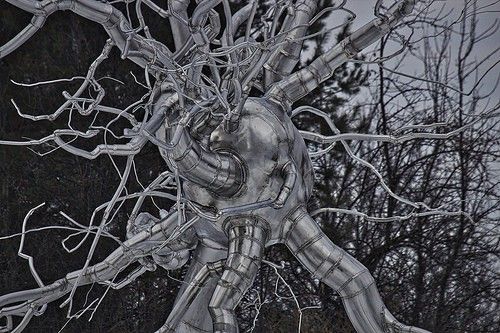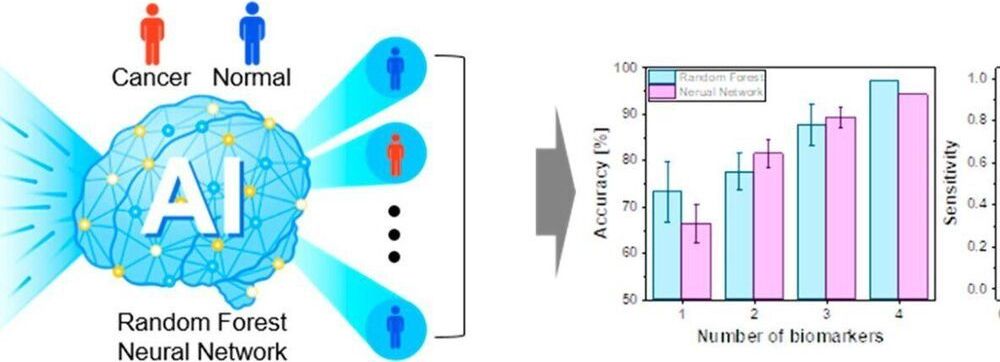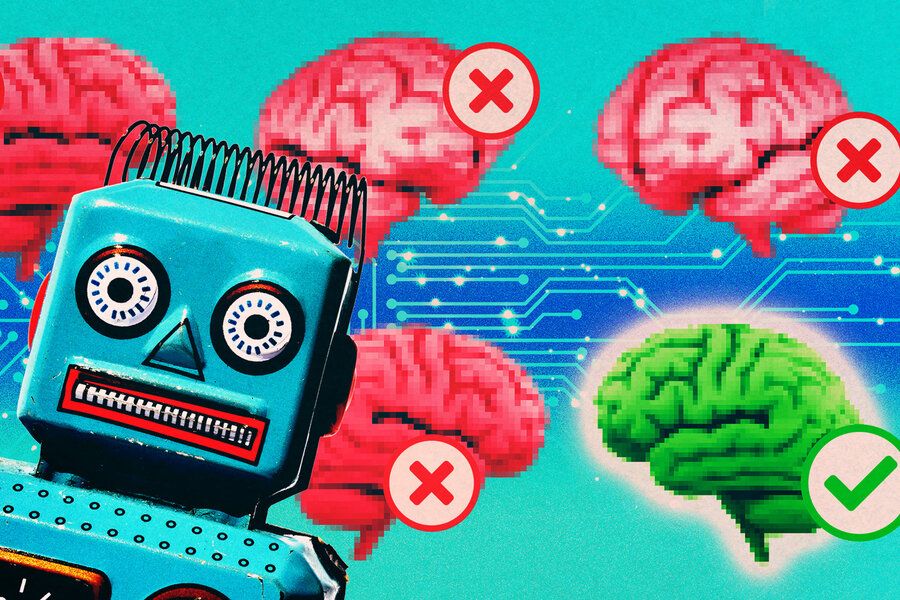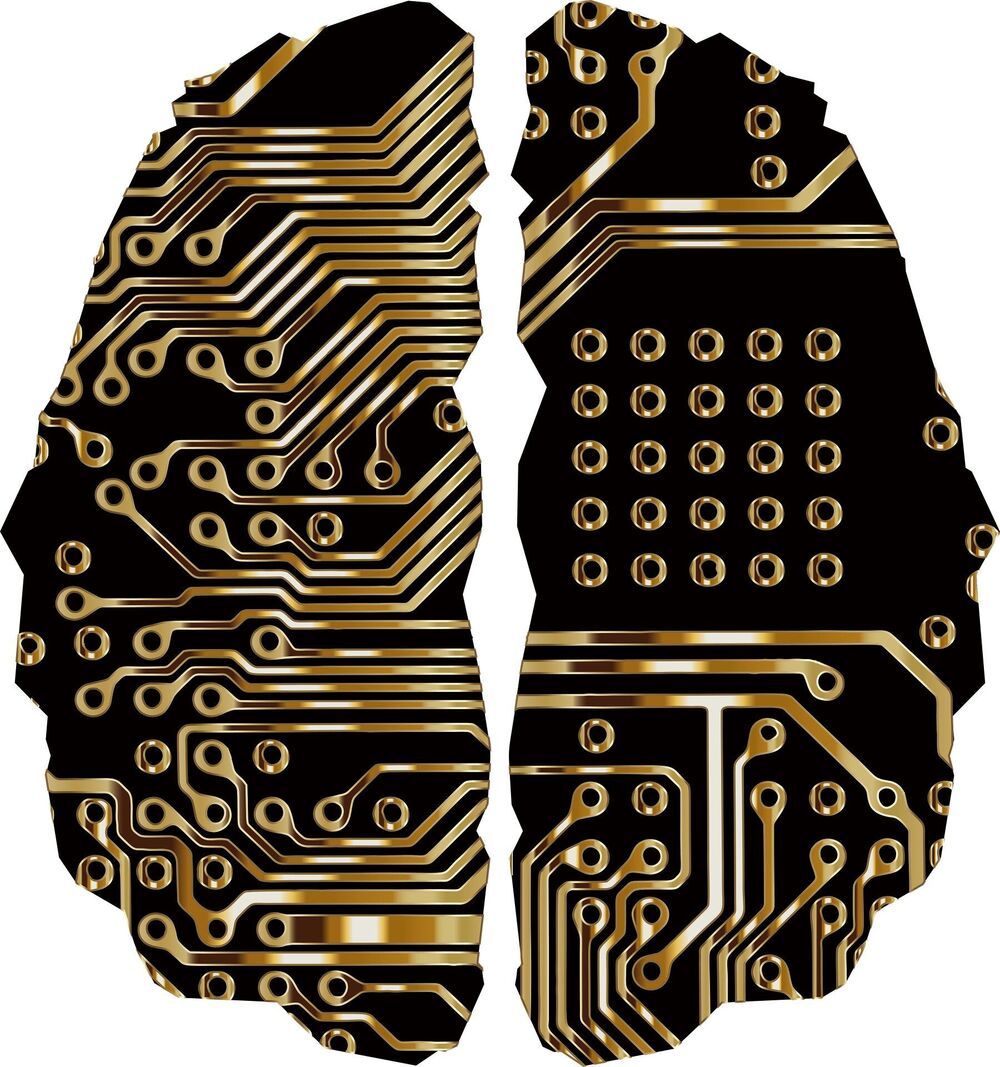Both AlphaFold’s and GPT-3’s success was due largely to the massive datasets they were trained on; no revolutionary new training methods or architectures were involved. If all it was going to take to advance AI was a continuation or scaling-up of this paradigm—more input data yields increased capability—China could well have an advantage.
But one of the biggest hurdles AI needs to clear to advance in leaps and bounds rather than baby steps is precisely this reliance on extensive, task-specific data. Other significant challenges include the technology’s fast approach to the limits of current computing power and its immense energy consumption.
Thus, while China’s trove of data may give it an advantage now, it may not be much of a long-term foothold on the climb to AI dominance. It’s useful for building products that incorporate or rely on today’s AI, but not for pushing the needle on how artificially intelligent systems learn. WeChat data on users’ spending habits, for example, would be valuable in building an AI that helps people save money or suggests items they might want to purchase. It will enable (and already has enabled) highly tailored products that will earn their creators and the companies that use them a lot of money.





